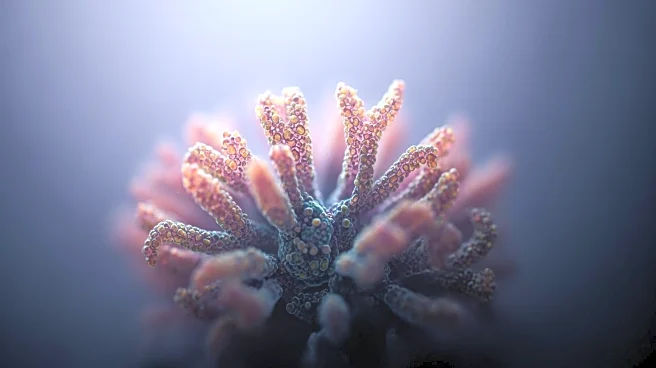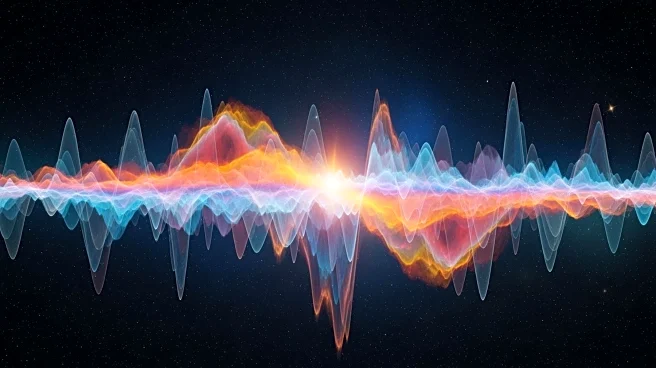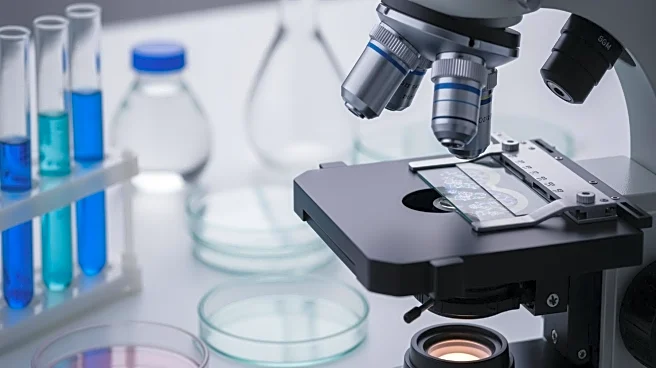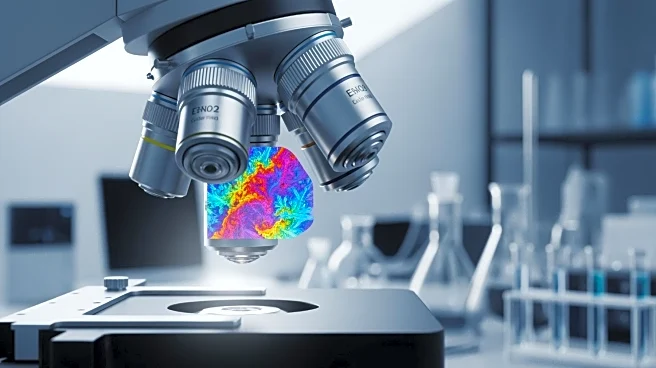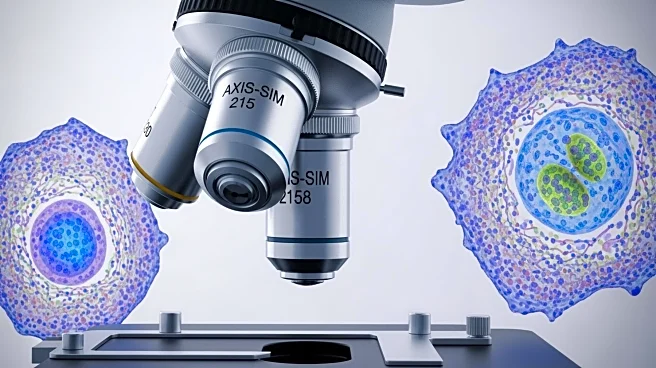What's Happening?
The Nikon Photomicrography Competition has showcased a series of remarkable microscopic images, revealing the intricate beauty of the microscopic world. This year's competition featured a diverse array
of entries, including close-ups of human cellular networks, fungi, and microscopic creatures. Notable images include a photograph of iPSC-derived sensory neurons by Stella Whittaker, showcasing proteins tubulin and actin, and a stunning image of colonial algae captured by Jan Rosenboom. The competition celebrates the artistry and scientific significance of photomicrography, with entries from professional scientists and enthusiasts alike.
Why It's Important?
The Nikon Photomicrography Competition serves as a platform to highlight the intersection of art and science, showcasing the beauty and complexity of microscopic life. These images provide valuable insights into biological processes and structures, contributing to scientific understanding and education. The competition encourages public interest in science and microscopy, fostering appreciation for the detailed work involved in capturing these images. By bringing attention to the microscopic world, the competition supports scientific research and inspires future innovations in imaging technology.
What's Next?
The annual competition is expected to continue attracting a wide range of participants, from professional researchers to amateur photographers. As imaging technology advances, future competitions may feature even more detailed and diverse entries, pushing the boundaries of what can be visualized at the microscopic level. The competition's influence may extend to educational initiatives, promoting the importance of microscopy in scientific research and discovery.
Beyond the Headlines
The competition highlights the ethical and educational dimensions of microscopy, emphasizing the importance of visualizing biological processes without invasive techniques. It supports the development of non-invasive imaging methods that can be used in research and education, aligning with broader goals of ethical scientific practices.
